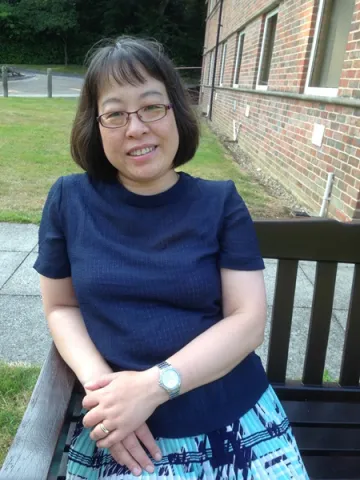About the project
This project aims to design and develop novel wearable multimodal sensors arrays and systems with a view to aiding healthcare monitoring at home or out of hospital settings.
Millions of people globally suffer from various physiological disorders and require long term, sometimes lifelong, rehabilitation and care. These chronic conditions could have resulted from different health conditions including stroke, amputation, neurological or spinal cord injuries or musculoskeletal disorders in the elderly. All greatly impact quality of life.
Internet of medical things (IOMT) technologies, facilitated by smart wearable sensors and user interfaces, are playing a key role in advancing new digital health approaches. Digital Health care solutions are rapidly developing and facilitating future remote healthcare. This could enable patients’ critical health conditions to be effectively monitored in their daily living environment. This ensures that critical data can be communicated with clinicians or careers at the exact time when physical intervention is required. Self-managed solutions could also be introduced to facilitate personalised care. This currently requires advanced research in wearable sensors and associated platform for data analysis communication and processing.
As a researcher on this project you will design and develop novel wearable multimodal sensors arrays and systems. These will be used to aid healthcare monitoring at home or out of hospital settings. Biomechanical interactions at loaded body interfaces will be analysed to identify critical features for real time assessment of:
- physical activities and mobility
- tissue viability
- musculoskeletal or neurologic disorders
- rehabilitation outcomes.
Wireless communication and interface platforms will be developed to demonstrate potential compatibility with future IoMT.
You will apply your skills towards medical devices applications, ultimately aimed for patients benefit. You will have the unique opportunity to join a dynamic and interdisciplinary research team and benefit from strong collaborations with stakeholders.
